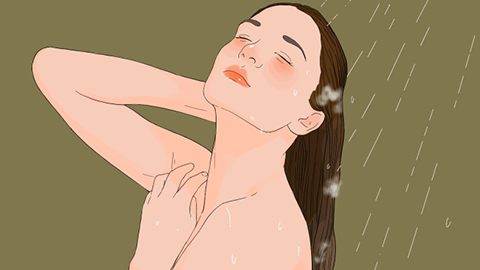Can you wash your hair or take a shower when suffering from heatstroke?
Whether or not one can wash their hair or take a shower after suffering from heatstroke should be determined based on the severity of the heatstroke and the patient's physical condition. Patients with mild heatstroke may wash their hair or take a shower if their physical condition permits, but they should ensure the water temperature is not too cold. However, patients with severe heatstroke should proceed with caution, to avoid worsening their condition due to washing hair or showering. Specific recommendations are as follows:

If the heatstroke is mild and the patient only experiences symptoms such as dizziness, fatigue, nausea, and heavy sweating, and remains conscious with no significant increase in body temperature, washing the hair or taking a shower may be considered. Using warm water to wipe the body or taking a warm bath can help dissipate body heat and relieve discomfort. However, the water temperature should not be too cold, to avoid causing chilling or sudden blood vessel constriction, which could worsen the discomfort.
When a patient experiences severe heatstroke, such as heatstroke (heat exhaustion) or heat hyperpyrexia, the body's physiological functions have already been significantly affected. At this time, it is not recommended to immediately wash the hair or take a shower. This is because patients with severe heatstroke may experience symptoms such as hot skin, absence of sweating, and impaired consciousness, and their bodies are in a relatively weak state. Bathing may cause chilling, blood pressure fluctuations, or even worsen the condition. At this stage, priority should be given to physical cooling measures, such as wiping the body with a cool towel or applying ice packs for cooling, and seeking immediate medical attention.
To prevent heatstroke from causing more serious health problems, it is recommended to take preventive measures against heat, such as reducing outdoor activities, wearing breathable clothing, and replenishing fluids promptly in high-temperature environments. If symptoms of heatstroke occur, the individual should quickly move to a cooler environment and take appropriate actions, determining whether to wash the hair or shower based on the patient's specific condition.







